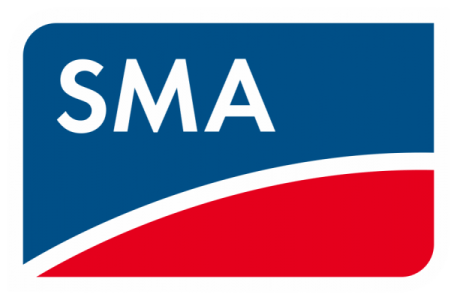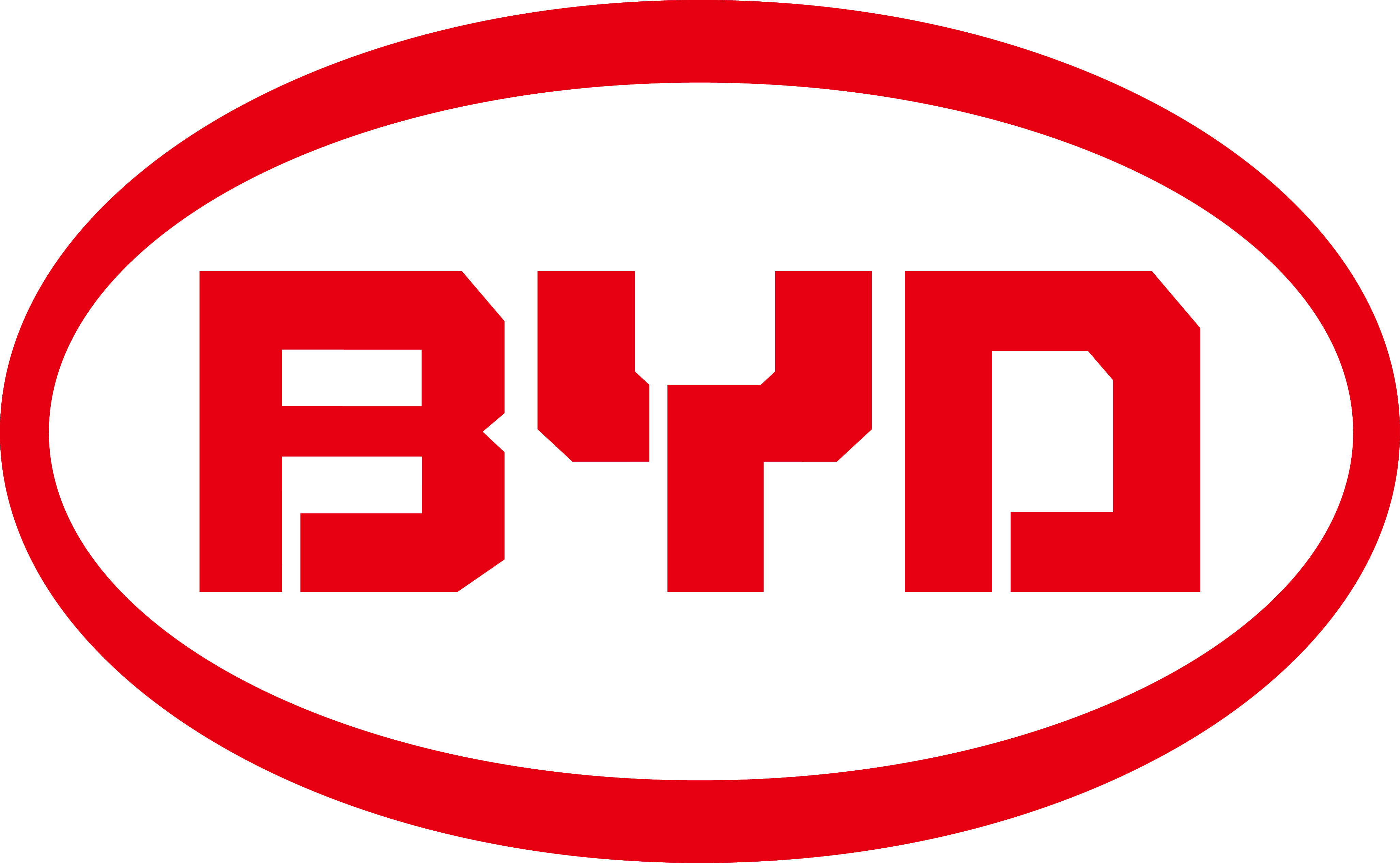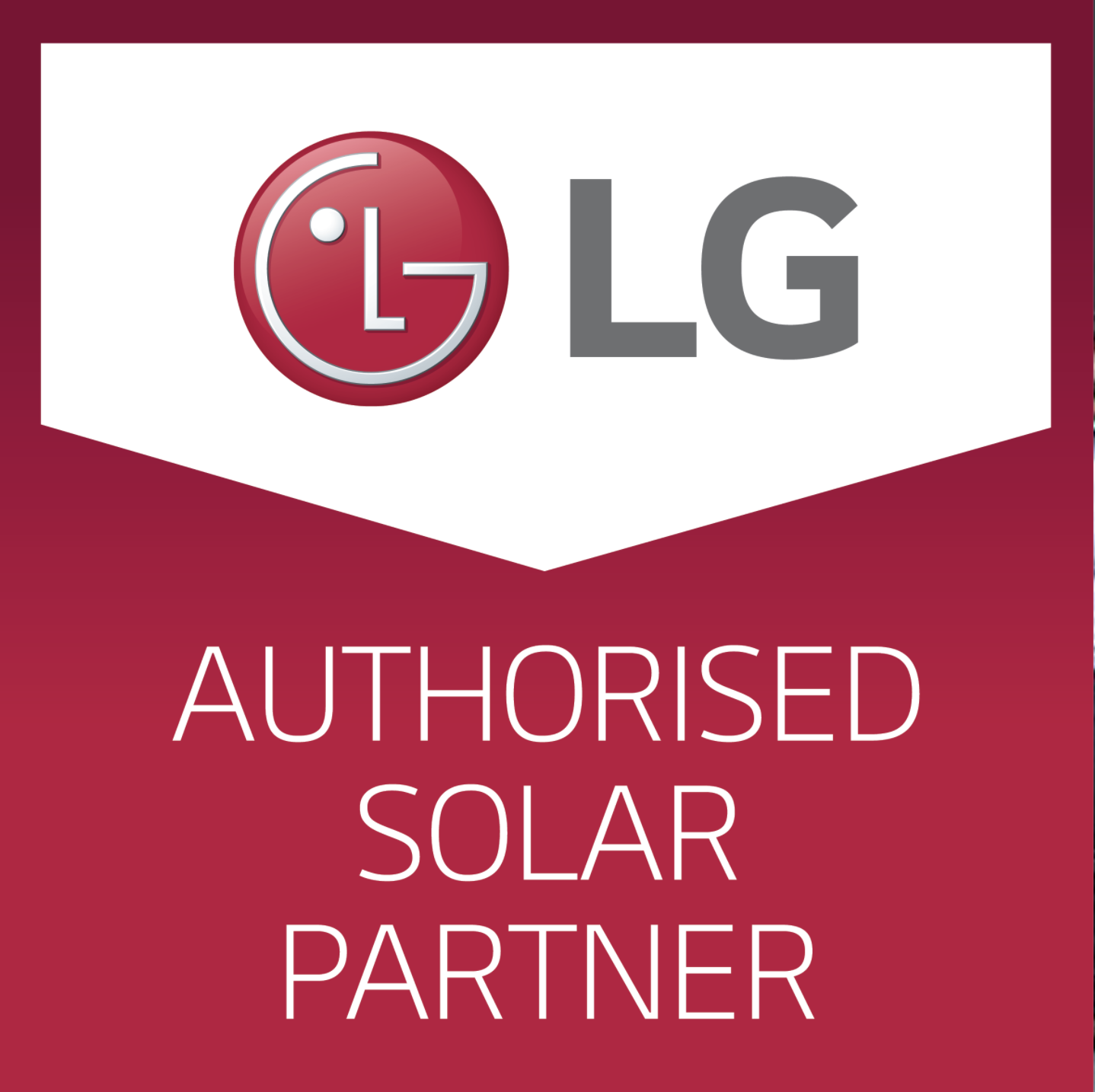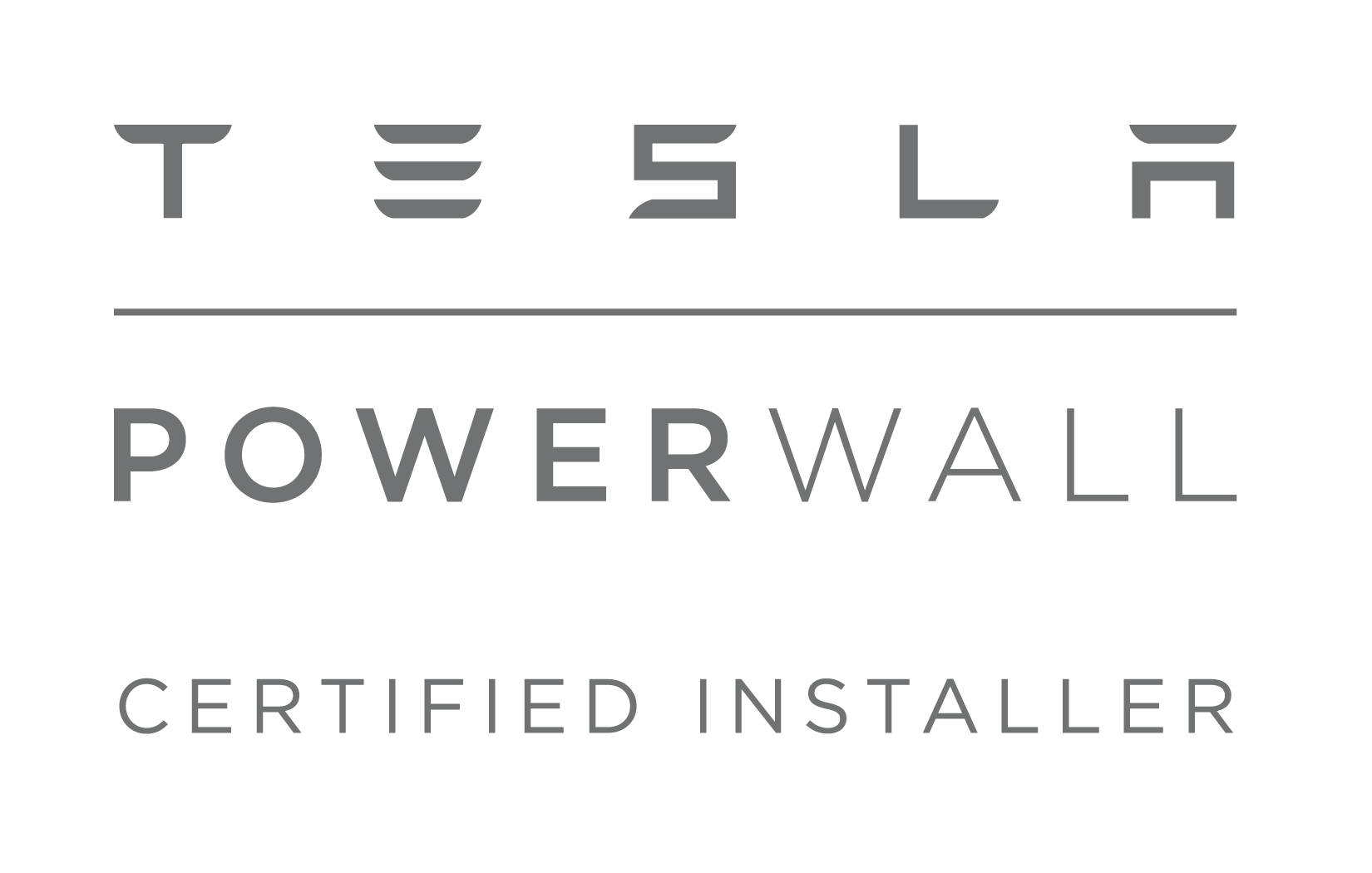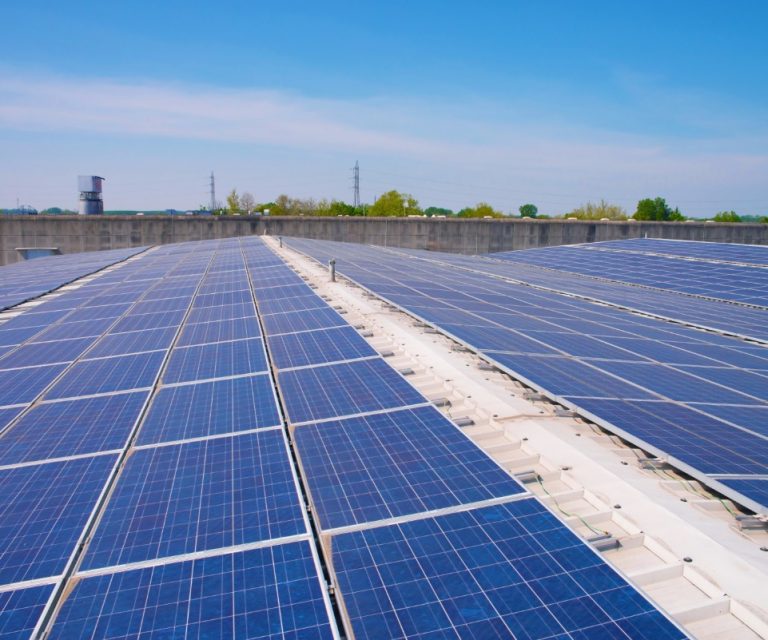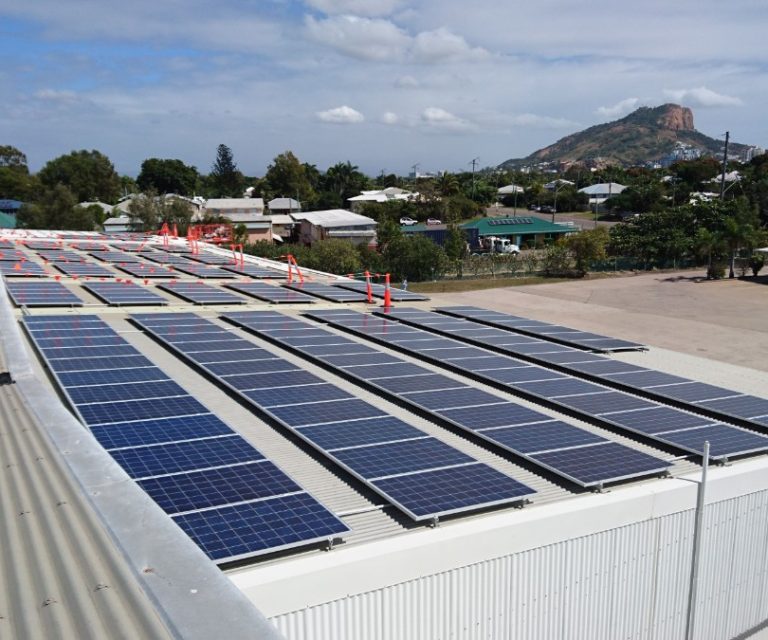Solar power works by converting light from the sun into electricity.
When you install solar panels on the roof of your business, they capture sunlight during the day and convert it into a direct current (DC). The inverter receives this DC and converts into an alternate current (AC), the electricity your business is powered with. Solar panels provide a great, environmentally-friendly electricity alternative.
We’ll pick an installation date that’s convenient for your business.
The GI Energy philosophy for commercial energy reduction:
When adopting an energy reduction strategy for your business its important to ensure the company you engage has the correct level of knowledge and experience to design a strategy that covers all bases. We have broken down a basic strategy for you here:
Searching for a way to reduce energy costs, without additional expense to your business?
Government Solar Rebates Explained
There are basically three different Government rebates available. The one that applies to you will depend on your individual circumstances as explained to the right. If you’re unsure about how the Government rebates work, there’s no need to worry. GI Energy will make this process as easy as possible for you. We have a team ready to prepare, complete, and submit all the necessary paperwork for you!
What type of system do you need?
We tailor each package to suit your needs. Contact Our Team Today
We don’t just preach customer service.
Don’t take our word for it!
Strategic Renewable Energy Finance Available
If capital purchase is not an option then our commercial clients will usually use one of these three options for finance: Commercial Rental, Power Purchase Agreement (PPA) or Equipment finance.
Power Purchase Agreement
A Power Purchase Agreement is a solar power specific finance term that allows customers to pay off their solar power system over a term by purchasing power from the installed array.
Commercial Rental
GI Energy partners with Energy Ease for commercial rentals. Energy Ease offers terms of up to ten years, and a commercial rental may provide attractive tax benefits for customers.
Equipment Finance
For equipment finance loans, GI Energy partners with NAB, who offers a 0.7%pa discount from the standard finance rate. The subsidised rate is made available through the Clean Energy Finance Corporation (CEFC).










